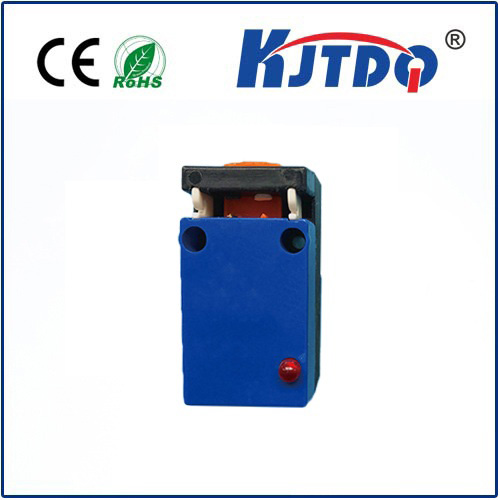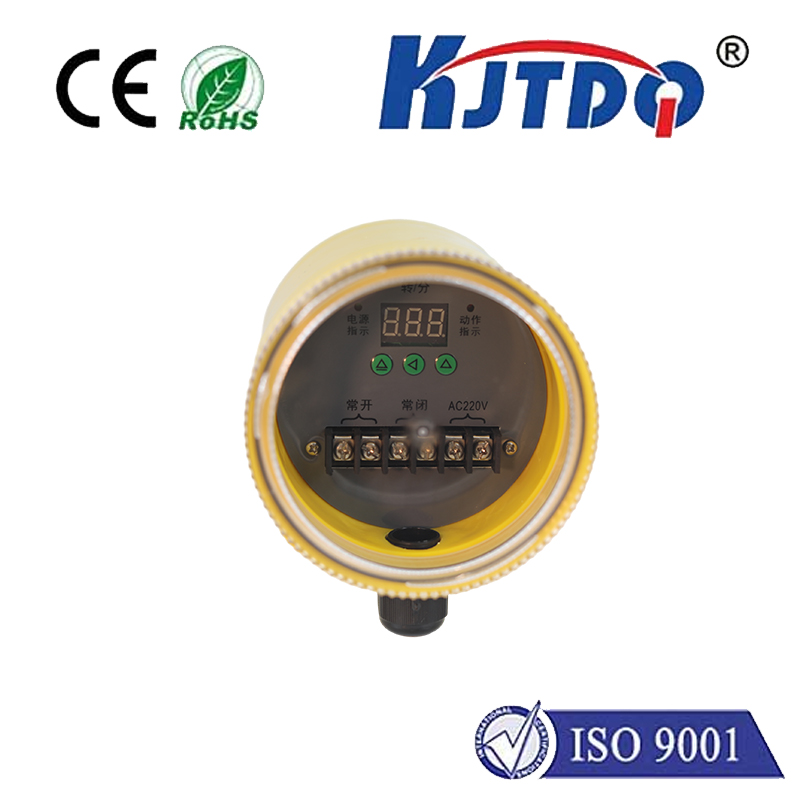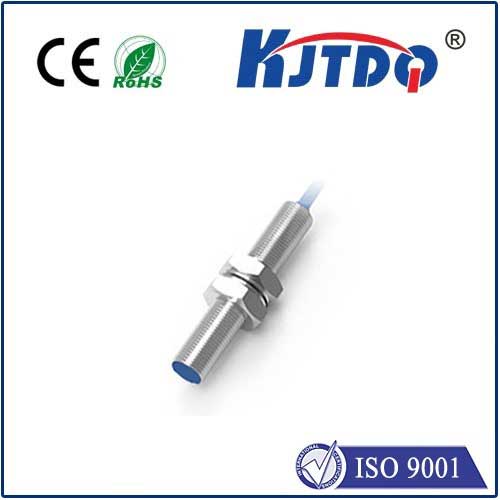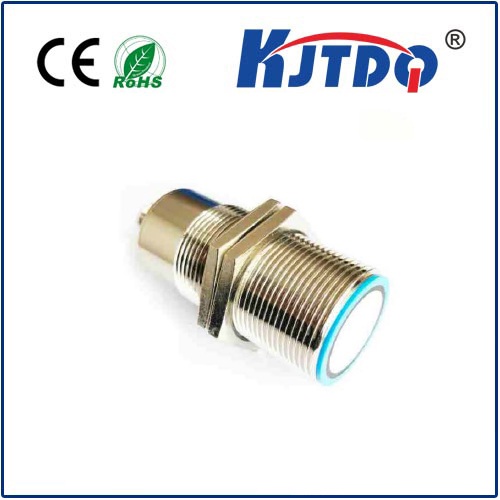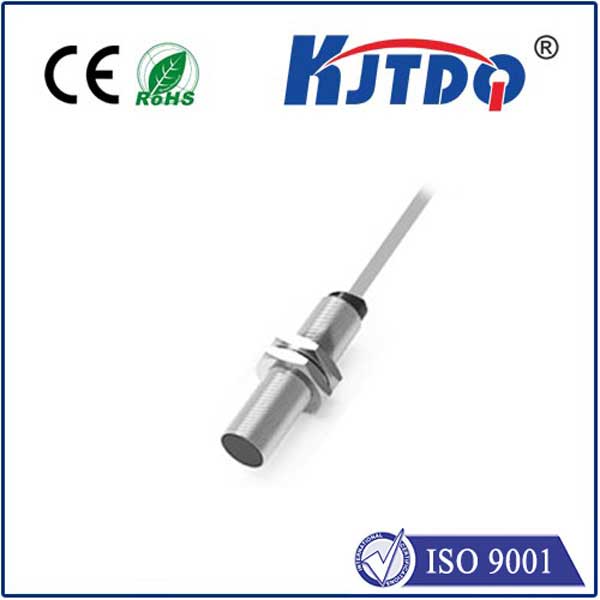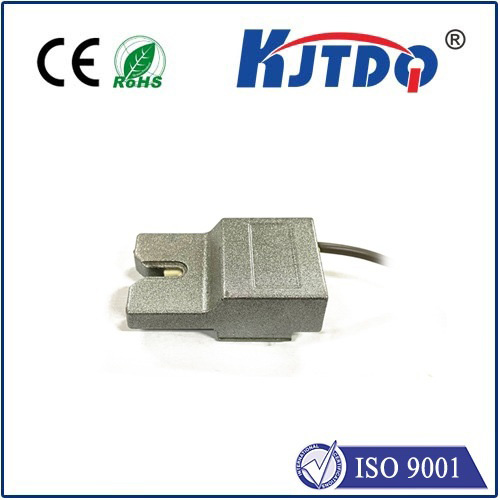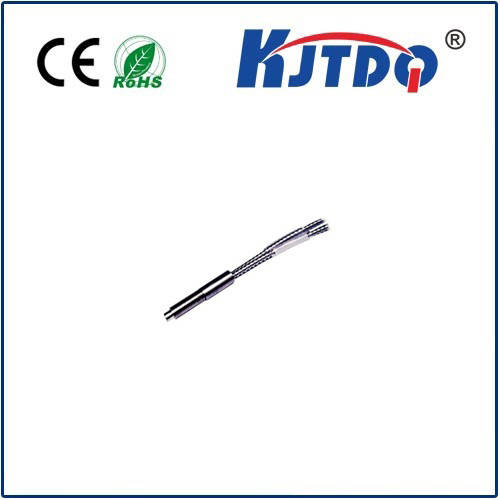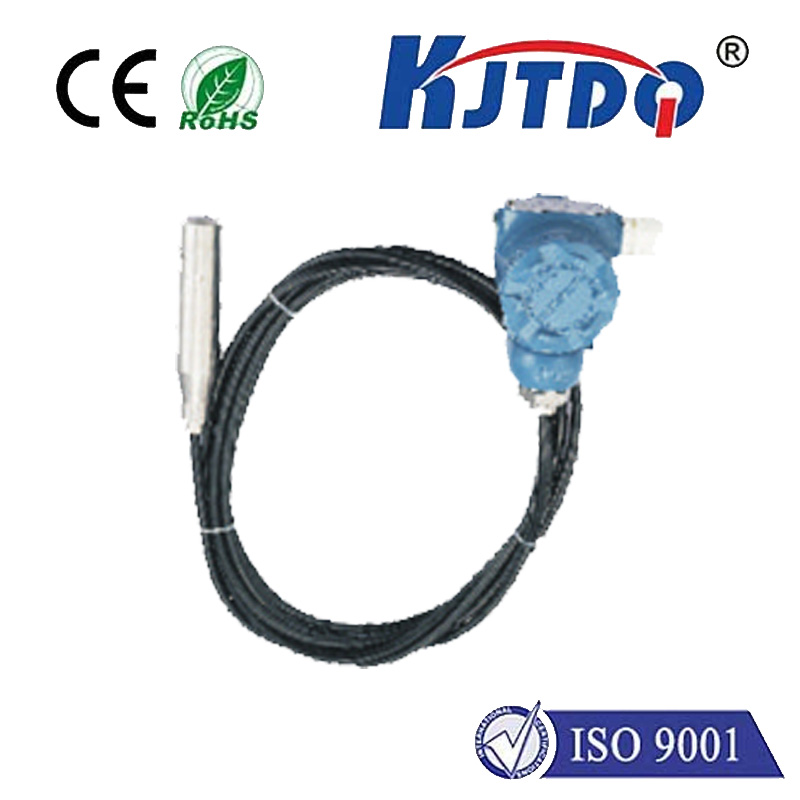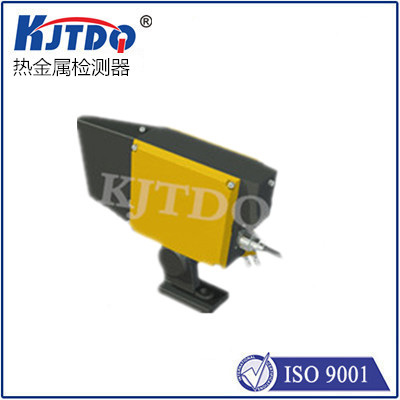
check

check

check

check
Understanding Inductive Distance Sensors: A Comprehensive Guide In the world of automation and sensing technologies, inductive distance sensors play a crucial role. These devices are designed to detect the presence, absence, or proximity of objects without making physical contact. By leveraging the principles of electromagnetic induction, these sensors provide accurate and reliable measurements in various applications. In this article, we will delve into the basics of inductive distance sensors, explore their working principles, discuss their key features, and highlight some common applications.
An inductive distance sensor, also known as a proximity sensor, operates based on the principle of electromagnetic induction. It consists of an oscillating circuit with a coil that generates an electromagnetic field. When a metallic target enters this field, it disrupts the magnetic field, causing a change in the oscillation frequency of the circuit. This change is detected by the sensor’s electronic circuitry, which then outputs a signal indicating the presence or absence of the target object.
The working of an inductive distance sensor can be broken down into several steps:
Generation of Electromagnetic Field: The sensor’s coil generates an alternating electromagnetic field when an electric current passes through it.
Disruption by Target Object: When a metallic object comes within the range of this field, it causes eddy currents to flow in the target, which in turn alters the impedance of the coil.
Detection of Change: The change in impedance affects the oscillation frequency of the sensor’s circuit. This change is measured and interpreted by the sensor’s electronics.

Output Signal: Based on the detected changes, the sensor generates an output signal, which can be either digital (on/off) or analog (varying voltage/current), representing the target’s presence or distance.
Non-Contact Measurement: As the name suggests, these sensors do not require physical contact with the target, reducing wear and tear and extending the lifespan of both the sensor and the target object.
Versatility: Inductive sensors can detect a wide range of metallic objects, including ferrous and non-ferrous materials.
High Accuracy and Reliability: These sensors offer precise detection with minimal error, making them ideal for critical applications.
Durability: Designed to withstand harsh environments, these sensors are resistant to dust, moisture, and vibrations.
Easy Integration: With standardized outputs such as NPN or PNP, inductive sensors can be easily integrated into various control systems and automation setups.
Inductive distance sensors are widely used across different industries due to their versatility and reliability. Some common applications include:
Automotive Industry: Used for detecting the position of gears, shafts, and other components in vehicles.
Packaging Industry: Ensures correct product placement and counting on conveyor belts.
Machine Tools: Monitor tool positions and prevent collisions during machining processes.
Material Handling Systems: Control the flow of materials in automated production lines.
Security Systems: Detect unauthorized access or movement of metal objects in restricted areas.
Inductive distance sensors are indispensable tools in modern automation and sensing systems. Their ability to provide accurate, non-contact measurements makes them highly versatile and reliable for a wide range of applications. Whether in automotive manufacturing, packaging, or security systems, these sensors play a vital role in ensuring smooth and efficient operations. With continuous advancements in technology, we can expect even greater capabilities and integration possibilities for inductive distance sensors in the future.
